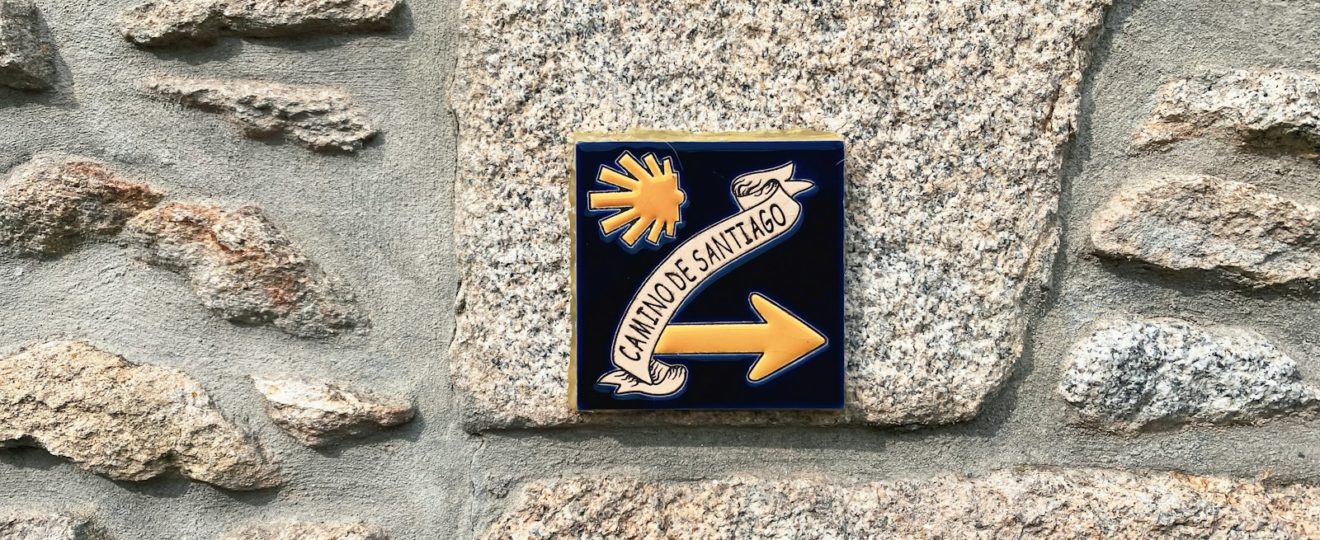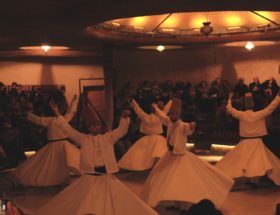Embark on a journey of self-discovery along the ancient pilgrimage route of the Camino de Santiago. This network of paths across Europe converges at the tomb of St. James in Santiago de Compostela, offering a profound blend of physical challenge, spiritual reflection, and cultural immersion.
Routes and Distances
- Camino Francés: The most popular route, stretching 780 km from St. Jean-Pied-de-Port in France to Santiago.
- Camino del Norte: A coastal route of 466 km from Bilbao to Santiago, known for its spectacular scenery.
- Camino Primitivo: A challenging 328 km route from Oviedo, considered the original pilgrimage path.
Spiritual Journey
The Camino is more than a physical trek; it’s a spiritual odyssey that transforms pilgrims. Each step offers an opportunity for meditation, self-reflection, and personal growth. The journey serves as a metaphor for life, with its ups and downs, challenges, and moments of joy.
Cultural Highlights
- Burgos Cathedral: A masterpiece of Spanish Gothic architecture.
- León’s Historical Centre: Home to the stunning Gothic León Cathedral.
- Santiago de Compostela: The final destination, featuring a dramatic cathedral and vibrant cityscape.
Practical Tips
- Obtain a Credencial del Peregrino (Pilgrim’s Passport) to collect stamps along the way.
- Attend the Pilgrim’s Mass in Santiago and witness the Botafumeiro ceremony.
- Greet fellow pilgrims with “Buen Camino” for a pleasant journey.
Walking the Camino de Santiago is a unique experience that combines physical endurance, spiritual growth, and cultural exploration. Whether you’re seeking religious enlightenment or personal challenge, the Camino offers a transformative journey that will leave an indelible mark on your soul.
Having explored this in detail, let’s return to our main discussion.








